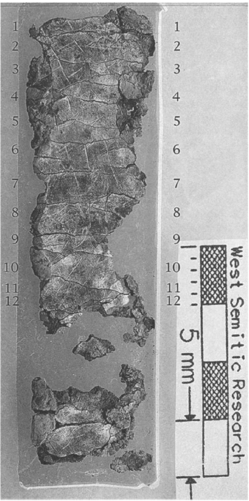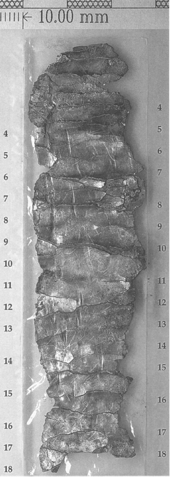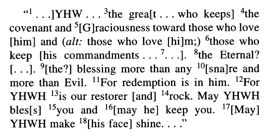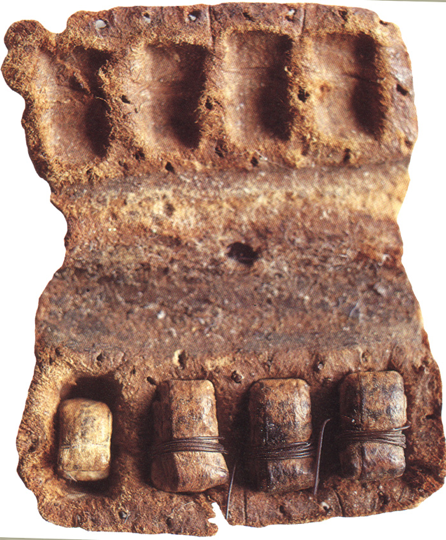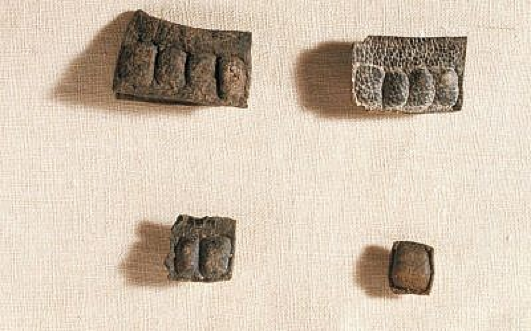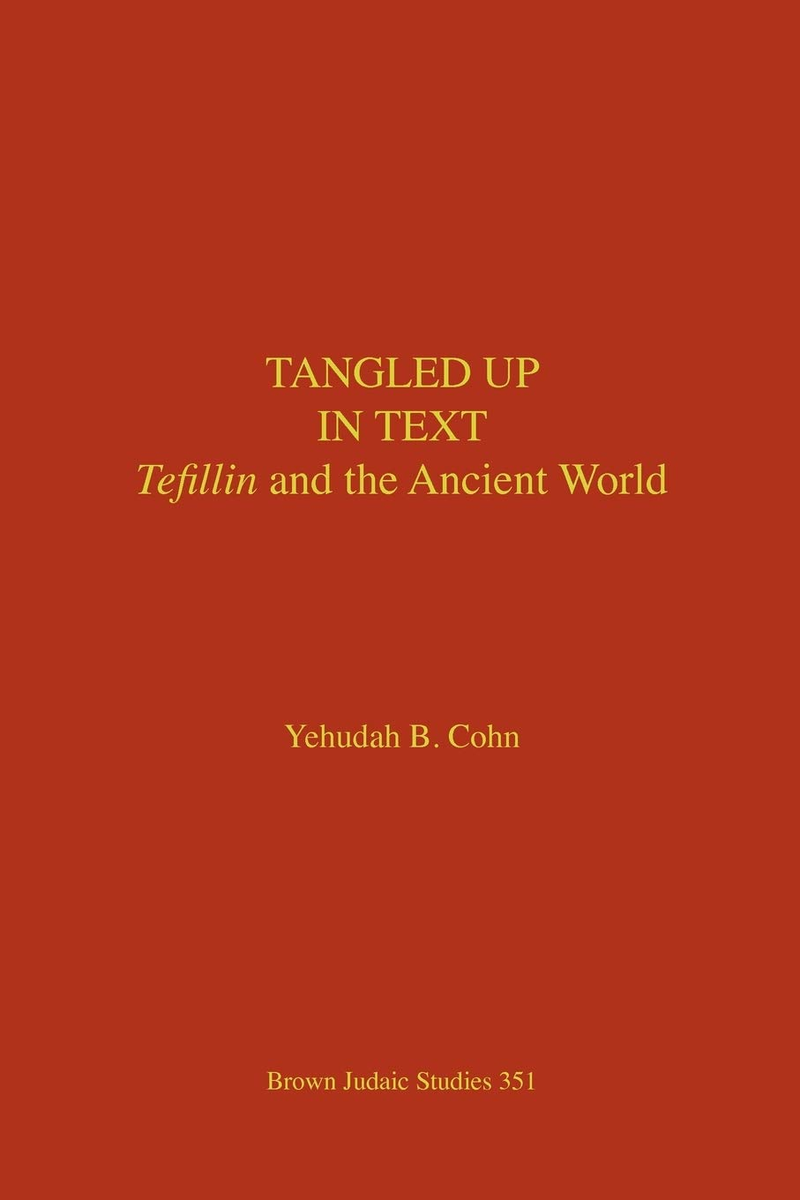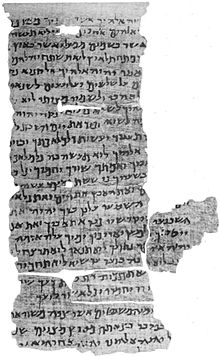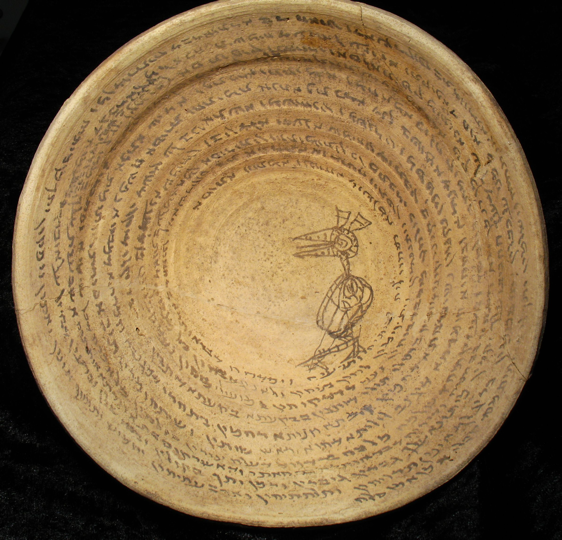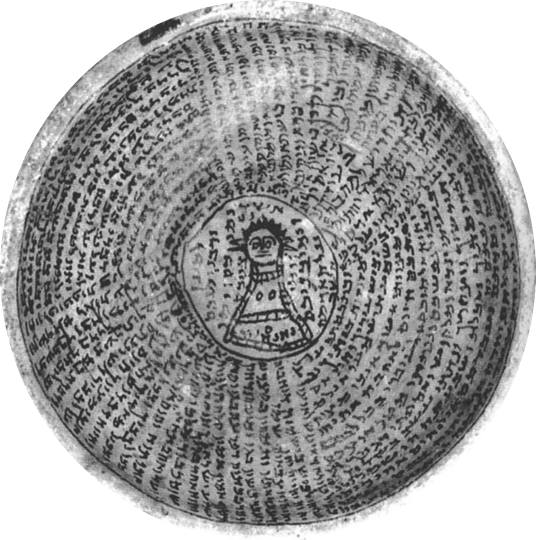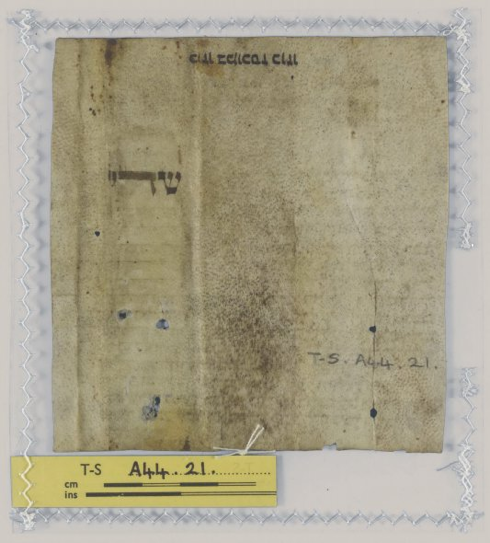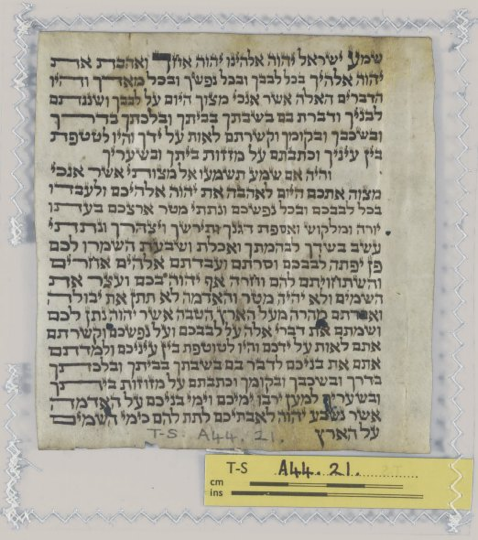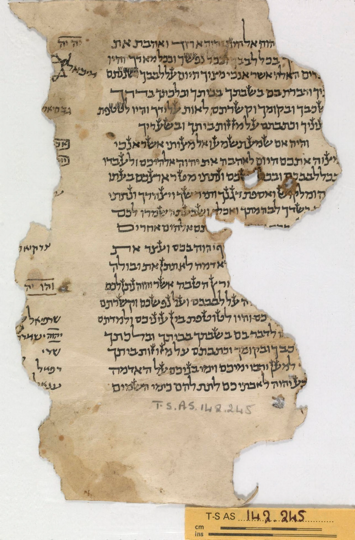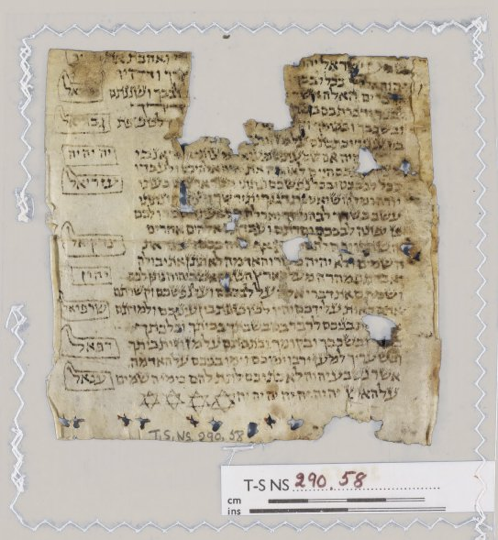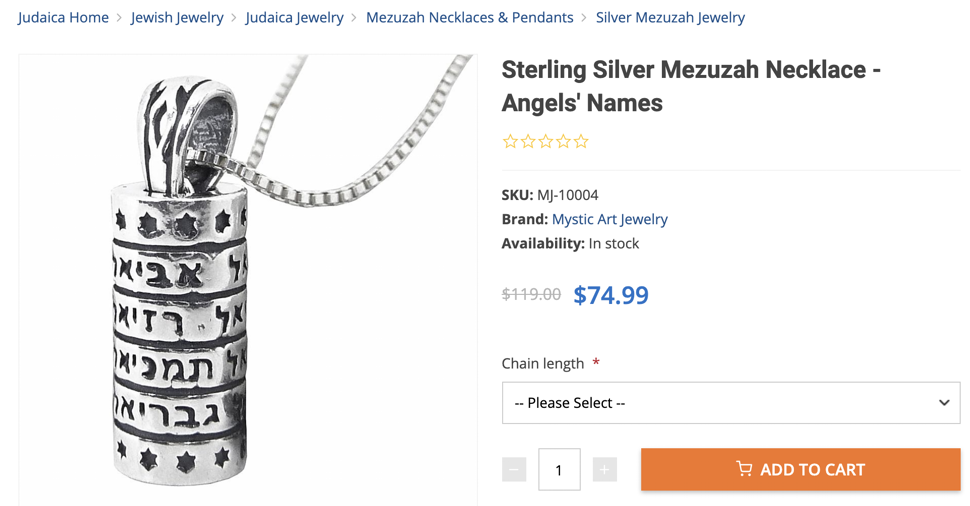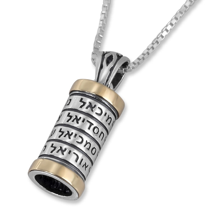A few days ago, the JTA reported on a controversy over the fact that the MET's catalogue identified what is observably a Jewish phylactery as a 6th century Egyptian amulet. A thread. 1/28
https://www.jta.org/quick-reads/twitter-debate-ensues-after-metropolitan-museum-of-art-labels-tefillin-as-egyptian-amulet https://twitter.com/met_islamicart/status/1196837164249690117
https://www.jta.org/quick-reads/twitter-debate-ensues-after-metropolitan-museum-of-art-labels-tefillin-as-egyptian-amulet https://twitter.com/met_islamicart/status/1196837164249690117
First, kudos to @raffimagarik for addressing this early. https://twitter.com/RaffiMagarik/status/1287439176019804160 See his work on the reception of phylacteries in Milton: https://muse.jhu.edu/article/653025 . 2/28
Some of our earliest evidence of Jewish piety, and texts that overlap with the bible, includes amulets. Most famously, two amulets dated to the first half of the first Millennium BCE include texts that are unmistakably similar to the "priestly blessing" in Numbers 6:23-27. 3/28
In the 2nd century BCE, 2 Maccabees 12, reports that after a particularly brutal defeat, some Jewish fighters discovered "under the tunics of every one of those who had fallen objects which had been consecrated to the idols of Jamnia, forbidden to Jews by the Torah." 4/28
This text recognizes a widespread practice, and seeks to curtail it. It is the first in a long history of texts that seeks to delimit, regulate, and control Jewish uses of amulets. 5/ 28
Puzzlingly, we lack early references to phylacteries & relatedly the Mezuzah. Phylacteries and Mezuzot are assumed to be mandated in Deut. 6:6-9: "Tie them as symbols on your hands & bind them on your foreheads. Write them on the doorframes of your houses & on your gates." 6/28
However, these verses are actually a series of metaphors, symbolizing devotion to instruction. Similarly, Prov. 1:8-9: Listen, my son, to your father’s instruction; neglect not your mother’s teaching, for they are a graceful garland for your head, & a necklace for your throat. 7
Our earliest evidence for Tefillin is from the 2nd-1st century BCE from the Judean desert. Here we see a variety of related practices, which resemble but also depart from what will become rigid rabbinic prescriptions and regularization. This has been studied by Yehuda Cohn. 8/28
They varied in terms of their size, shape, & the texts they contained. Indeed, some include the 10 commandments, a text that could understandably be viewed as potent, but a practice which rabbis eventually came to reject. See the famous Nash Papyrus from early C.E. Egypt. 9/28
These already strongly resemble later Tefillin, in terms of their leather pouch & texts within it. As Cohn argues, Tefillin strongly resemble Hellenistic magical amulets from the same period. This practice became so pervasive that Jews read it back into the biblical text. 10/28
Famously, Jesus in Matthew 23:5 critiques the Pharisees for enlarging their phylacteries. This passage attests the by now widespread practice of phylacteries, and even a kind of standardization, such that the Pharisaic prescriptions depart from common practice. 11/28
Throughout this period, the amuletic and prophylactic quality of Tefillin and Mezuzot never disappears. Indeed, notice how the word prophylactic contains the word phylactery - that's right, their Greek name derives from their perceived amuletic function! 12/28
One rabbinic statement praises God for the Mezuzah (b. Men. 33b): "According to human standards, the king dwells within, & his servants keep guard on him from without; but with the Holy One..it is not so...His servants.. dwell within & He keeps guard over them from without." 13
Another story relates that the last Parthian king, Ardaban, sent a precious pearl to a rabbi, who reciprocated by sending the king a Mezuzah, explaining "you sent me something that I have to watch over & I sent you something that watches over you while you sleep." Creepy! 14/28
A later version of this story adds "a demon entered the daughter of Artaban ..& all the physicians came but could do nothing for her, (but) as soon as Artaban took the mezuzah & attached it to the door the demon fled from her & our Holy Rabbi kept the pearl to himself." 15/28
Tefillin and Mezuzah are unique because they received widespread recognition and some kind of standardization. But there were and are always other local amuletic practices, such as my favorite Babylonian incantation bowls, and at the same time, metal amulets in Palestine. 16/28
In the medieval period, the amuletic nature of Mezuzot and Tefillin was amplified by many. In the case of Mezuzah, the name of God, Shaday, is added to the back of the parchment, along with an ornate Shin. 17/28
Most notably, a cipher is added on the back of the Mezuzah parchment which reads kwzw bmksz kwzw, which is deciphered by moving back one letter in the alphabet for each letter: YWHW-ELHYNW-YHWH. 18/28
Many examples are found in the Cairo Genizah ( @mrustow). 19/28
But that's not all; Jews also began to add the names of angels, and powerful signs, including the seal of Solomon, what would eventually become known as the Star of David (see Gershom Scholem's famous essay). 20/28
In the Genizah we also find a fascinating letter sent by one woman to another on the birth of a child: "And I wrote a ḥirz (protection charm), though Allah is the Protector (al-ḥāriz), in her name and the name of her child, and I also affixed a Mezuzah to it." 21/28
As always, Maimonides came and spoiled the fun. He lambasted the practice: "They, however, who write names of angels, holy names, a Biblical text or inscriptions usual on seals, within the Mezuzah, are among those who have no portion in the world to come." 22/28
Yet, contemporaries and later rabbis and Jews persisted in adding these features. Open any Mezuzah today, and you will find the name of God Shaday, with fancy Shin, and the cipher. Angelic names, however, became less common. 23/28
HOWEVER, this practice, too, did not entirely vanish. For instance, you can still buy an amulet, with a case made of angelic names, in which the Mezuzah parchment is housed. 24/28
So, is a phylactery from the second half of the common era an "amulet"? Surely many, if not most, if not ALL, Jews believed that it was. Many, if not most, Jews continue to believe that it functions as an amulet, even if they call it by other names and categories. 25/28
Ultimately, the history of Tefillin and Mezuzah is the history of Jews and amulets, of popular practice and elite authorities, of Jewish tradition evolving through encounters and contact with other communities. 26/28
Some commenters were troubled by the fact that this phylactery was provenanced in Egypt, and included in the MET's Islamic Art department. This reflects an Ashkenazic-western-centric view of Jewish history. Jews lived, & continue to live, in Islamicate lands for centuries. 27/28
This phylactery/amulet, like its precursors and successors, would have derived meaning from, and made sense within, the context in which it was used. The museum should indeed identify this as a Jewish phylactery, but it is also, unquestionably, an Egyptian amulet. 28/fin

 Read on Twitter
Read on Twitter